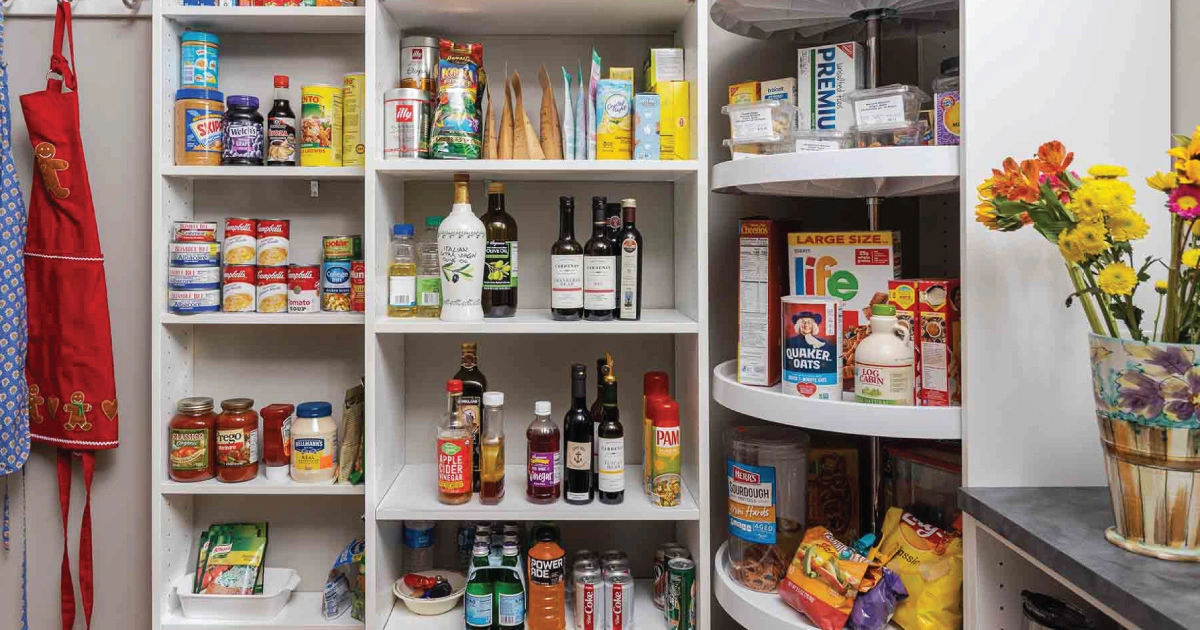
What Does Your Top-Down and Bottom-Up Trade Plan Look Like in a COVID-19 World?
In the next few months, most retail and foodservice CPG (Consumer Packaged Goods) manufacturers like you, will be starting their annual process for 2021 S&OP (Sales & Operations Planning). Even during ordinary times
this is an arduous process:
- Rolling out volume targets to plan customers
- Defining trade spend budget targets to drive growth through available merchandising conditions
- Launching new items
- Getting new points of distribution
All are done to deliver the Top-Down Plan.
At the same time, account managers in the field, are analyzing the prior year plan/promotion performance, and speaking collaboratively with their accounts to develop their strategy to build the Bottom-Up Plan.
The annual planning process, while already a large undertaking, now must be planned with the impact of COVID-19 in mind.
The biggest challenge you face is that the prior year is no longer a constant. This time, there have been:
- Interruptions to supply chain
- Panic buying or pantry fill
- Merchandising conditions at shelf removed causing a hurried approach to regain an understanding of base volume and promotion tactics
Let’s take a look at the key areas impacted in terms of Base Volume, and what is needed to put together the best plan.
Category Share
Maybe your product was in a category hit with a supply chain interruption, resulting in an out-of-stock situation at shelf for your base consumer. You may be asking, did the consumer skip
purchase of the product all together, or did the consumer trade up or trade down? As a manufacturer, you have to regain an understanding of your base, by removing the anomalies of volume spikes in Q1 and by reviewing buying trends in analysis. Particularly in base, you will need to identify and remove pantry fill volume from both the base and incremental consumer by applying an understanding of purchase frequency.
Once the current category share situation is established, you can determine if there is a brand equity issue and if the share loss indicates the consumer traded down which means a potential loss of brand equity. During S&OP planning, you may need to set aside additional tactical spending to retake category share. This is a difficult decision to make and by choosing to do so, you may just be propping up base.
SKU Rationalization
What if the supply chain interruption was so heavily impacted by COVID that in order to keep up with demand, only 1 or 2 product SKU’s were produced? At the height of the in-store buying frenzy, you may have chosen to keep production lines running constantly, eliminating time spent switching production lines to other pack sizes or line extensions. Let’s look at the rolled products category. Think about the consumer who typically buys a larger size pack versus a smaller size pack. If the SKU Rationalization impacted the multi-size, forcing the shopper to trade down to a smaller pack size, and the consumer continues to buy the smaller pack size post SKU rationalization, this is a category shift.
The results of the category shift could cause an impact to revenue. It’s dependent upon the buying frequency or loss of distribution to the multi-pack item all together. Manufacturers like you need to be prepared to protect yourself from being dropped from the retail planogram, with an increased frequency and depth of promoted price for the coming plan year. Keep in mind that this will have an unpredictable impact on net revenue for the coming plan year.
As a retail and foodservice manufacturer, you are certainly navigating uncharted territory and at Vistex we take pride in sharing ideas and client successes in this area. In my next blog, we will look at incremental volume, promotion planning, and the shift to ecommerce.
Get the latest news, updates, and exclusive insights from Vistex delivered straight to your inbox. Don’t miss out—opt in now and be the first to know!
